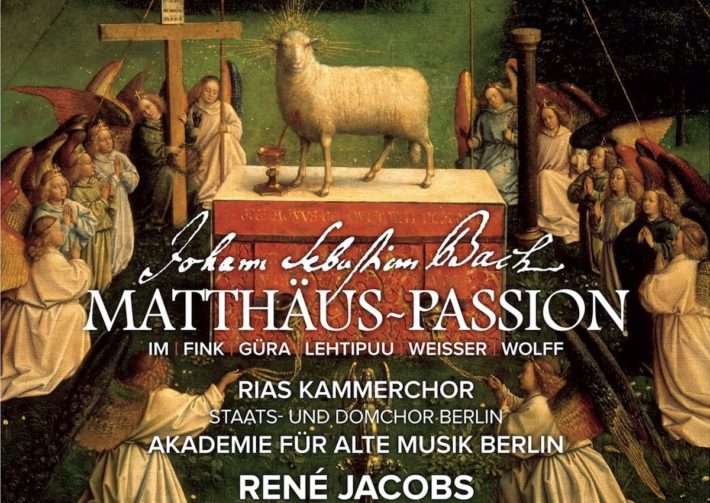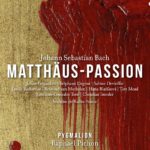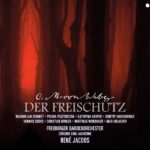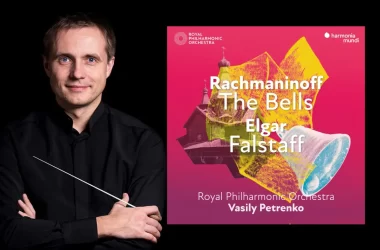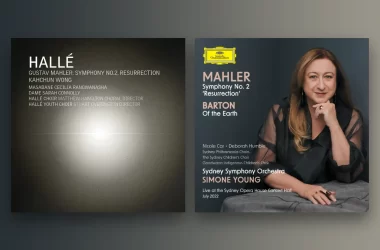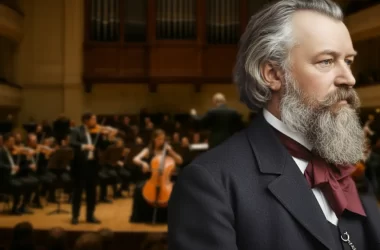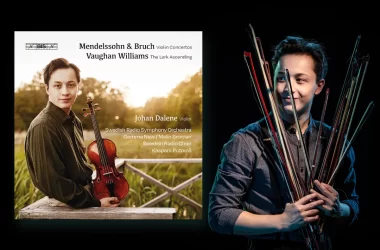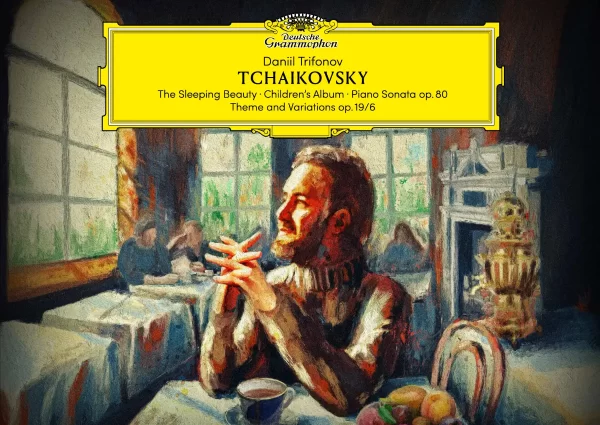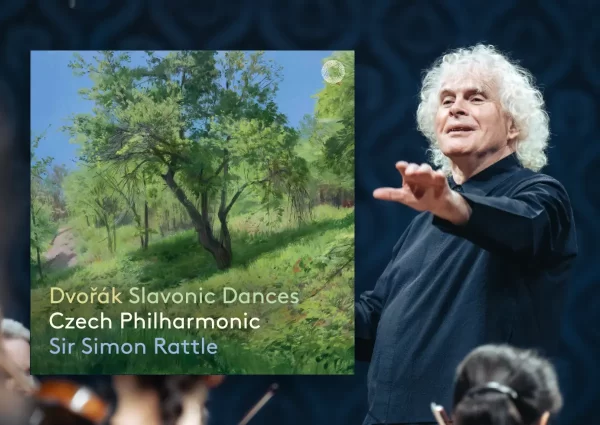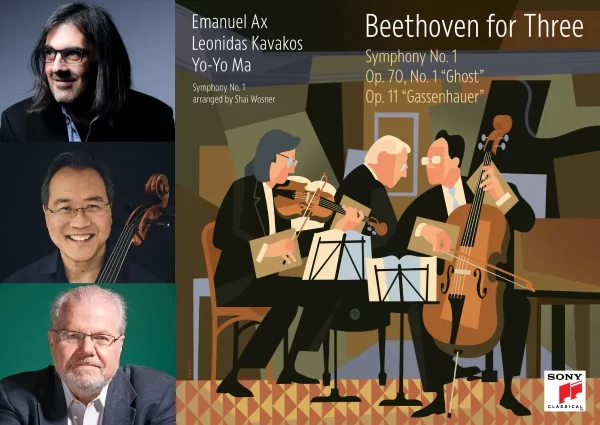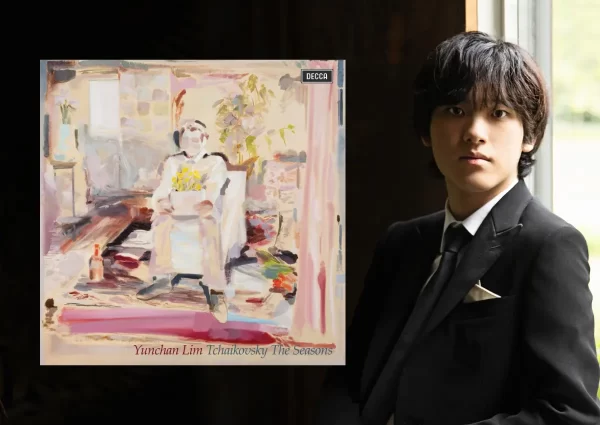Being such a demanding and lengthy work, every recording of the St. Mathew Passion has its strong and weak moments. From the three main elements in the great Bach passion, the recitatives, the chorals and the arias, Jacobs excels in the first two.
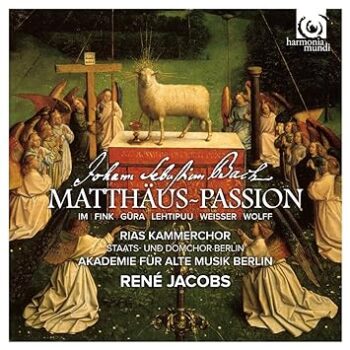
The recitatives, led by the wonderful Werner Güra, has a real storytelling feel to them, with a clever use of continuo instruments — Harpsichord, organ, lute and contrabass. This variety allows for great changes in mood and colors. Hear for example the recitatives after the death of Jesus, and mark the horrifying sense of abandonment and loneliness.
The chorals are sang beautifully by the two choirs, if sometimes sound a bit drilled, with a rather lengthy pause between phrases. The arias, on the other hand, fair less well. The problem here is the tempo. All of the arias are played much too fast, pushing the singers and orchestra players to their limits. In a recording that tries to restore a tradition of performance from the 18th century, the arias sound unnatural and inappropriate to the rest of the performance.
Jacobs attempts to restore the way listeners must have heard the passion when it was performed at the St. Thomas church in Leipzig. For this reason, the second choir, originally placed on the back balcony at the church, is placed far back in the recording, not left or right as usual. This concept is interesting enough, but also sounds a bit forced and gimmicky. An interesting explanation by Jacobs of this restoration approach can be seen in the video below.
The recording quality is top class, one of the best from Harmonia Mundi in recent memory. Overall, this version of the passion will stay in my audio system for it’s great emotional depth and the dynamic recitatives. Not a first Matthäus for your collection, but definitely a nice second or third version.


Album Details |
|
|---|---|
| Album name | Bach – St. Matthäus Passion |
| Label | Harmonia Mundi |
| Amazon Music link | Stream here |
| Apple Music link | Stream here |
Bach — St. Matthew Passion
Sunhae Im – Soprano
Bernarda Fink – Mezzo-soprano
Werner Güra – Tenor – Evangelist
Topi Lehtipuu – Tenor
Johannes Weisser – Bass – Jesus
Konstantin Wolff – Bass-baritone
RIAS Kammerchor – Choral ensemble
Staats und Domchor Berlin – Choral ensemble
Akademie für Alte Musik Berlin
René Jacobs – Conductor
Harmonia Mundi, CD HMC902156.5

